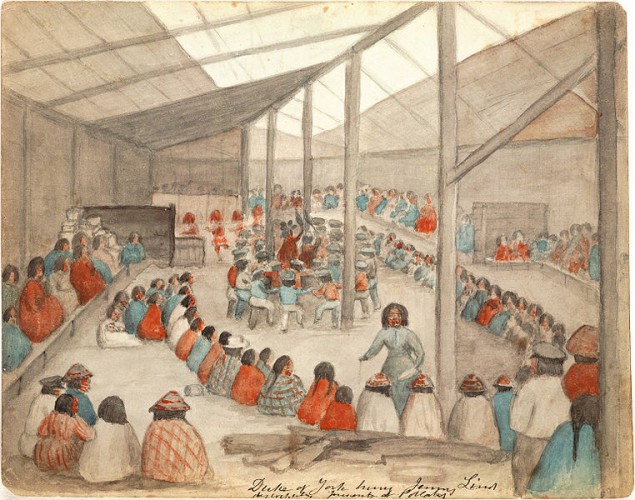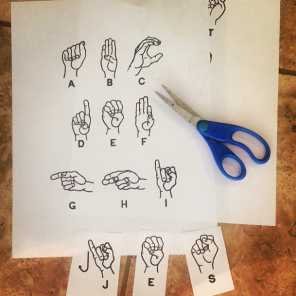Whenever you find yourself communicating with the intent of modifying someone’s or a group’s perspective, you are within a rhetorical situation. This unique context encompasses a topic, listeners or readers, and specific boundaries. Each time you write an essay, have a verbal discussion or listen to a debate, it happens within the invisible bubble of a rhetorical moment. This special situation comes with accessories that include a problem, and audience and constraints.
Exigence is another word for a problem or issue. A rhetorical problem must be open to change. For example, a historical incident, such as the death of Queen Victoria, is not open to change, no matter how much you discuss it. In contrast, how people view Queen Victoria’s influence on fashion trends is not a fixed event and is open to discussion.
Listeners or readers are critical to a rhetorical situation. They are the ones that you set out to persuade. Once convinced, the audience members must take action to make positive changes.
The third component of a rhetorical situation involves constraints. These include the writer or speaker, his or her purpose, the genre of the essay or speech, the characteristics of the audience, the setting, the context of the situation and the culture that surrounds it.
The Author

As the writer or speaker in a rhetorical situation, your age, experiences, education and beliefs all affect your persuasive power. For example, if you are a 14-year-old speaking to a group of parents, you generally have less authority than if you are speaking to a classroom full of kindergarteners. However, if you are an expert on butterflies with the education to back up your expertise, an audience will respect your knowledge no matter your age.
The Purpose
The reason behind your essay or speech affects how you deliver it as well as how the audience receives it. If you are discussing a topic like comic books simply to entertain people and interest them in reading comic books too, your language and approach will be casual and humorous. This puts your audience at ease and draws them in.
If your purpose is to shock readers into taking action to change a serious problem, your language will be powerful and your manner more intense, capturing the attention of readers from the start. Other purposes that drive a rhetorical situation include informing, educating or calling people to action.
The Text
The genre, or text, of your communication is another decisive factor. If you are writing to persuade, then you could write an essay, a piece of fiction, a criticism of a topic or a news article. The issue at hand often helps you select the best genre. For instance, when you wish to persuade your audience to contribute to a good cause, you might opt to write a news story that provides them with all of the information they will need to make a positive decision.
The Audience
The age, education, experiences and expectations of your audience also have a role in the rhetorical situation. When raising money for a school band trip, for example, knowing your audience is critical to the approach you should take. If you are speaking to band parents, you can assume they understand the importance of the trip and are already sympathetic to your cause. In contrast, if you are speaking to town leaders, you are addressing people with varied backgrounds who may not have any idea about the importance of your cause. You will have to provide far more background information, examples and persuasive techniques.
The Setting
The physical setting of your rhetorical situation can strengthen or weaken the power of your communication. For instance, it is easier to persuade a group of classmates to help clean up the city park if they can see firsthand how littered it has become.
The Culture

This painting by James Swan shows a potlatch, a shared cultural experience of the Klallam tribe.
Culture sets the scene in any rhetorical situation. It not only encompasses the experiences you share with your audience, your common educational background and beliefs but also the shared history behind them. Culture is the common ground that links your ideas and concerns with those of your listeners.
By considering each factor that affects the rhetorical setting, you can craft your argument to be as effective as possible. You may also be able to adjust some of the factors to make the situation more receptive to your powers of persuasion.
Today’s Activity for Kids
Identify the factors that shape the following rhetorical situation:
During a student council meeting at her middle school, Jenna tells the story of a boy in her class whose family home was destroyed in a recent fire. She asks the other student representatives to agree to donate part of the money the group earned selling snacks at sports events to help the family in need.






Comments are closed.